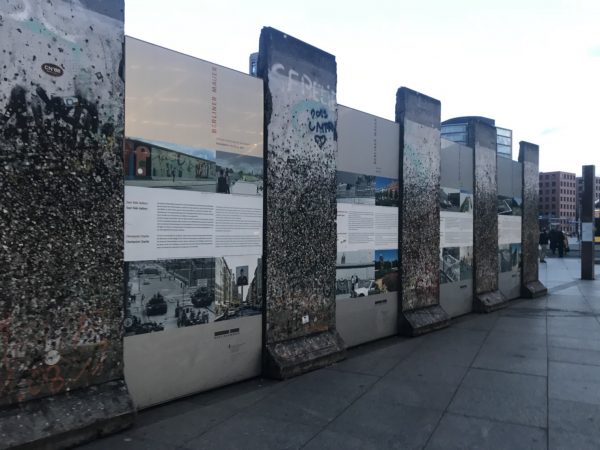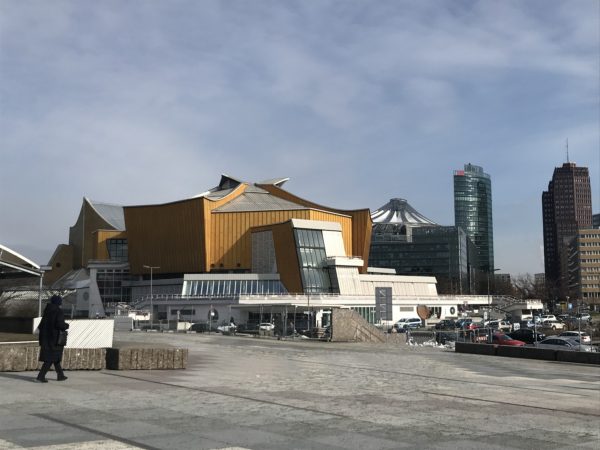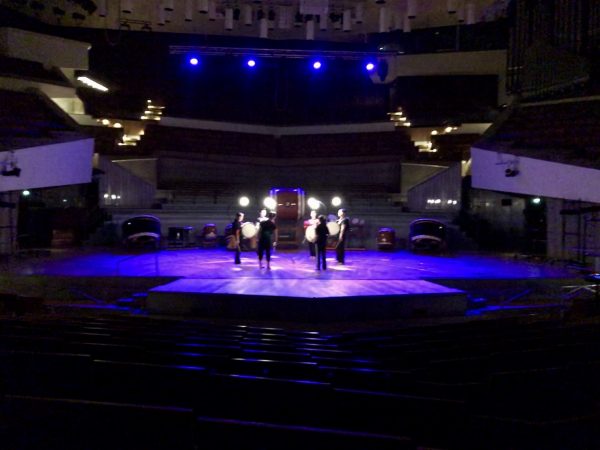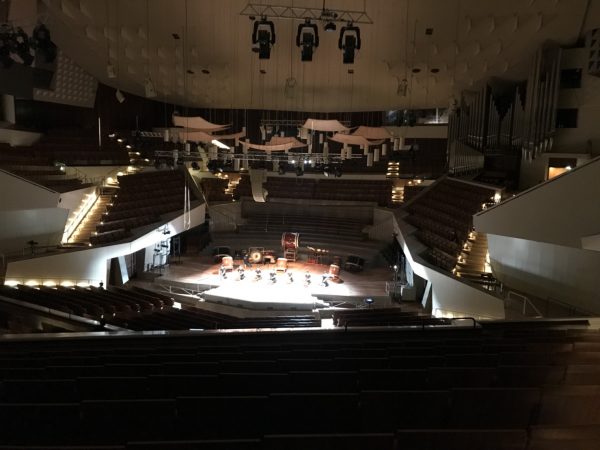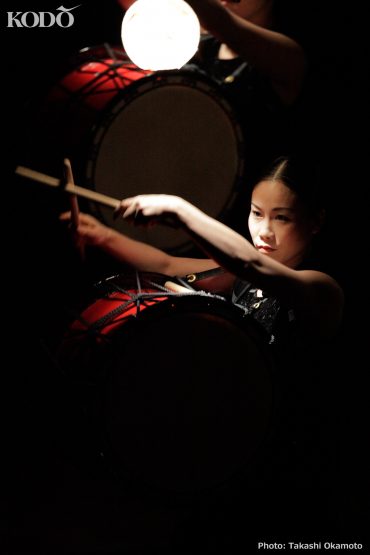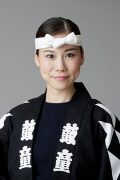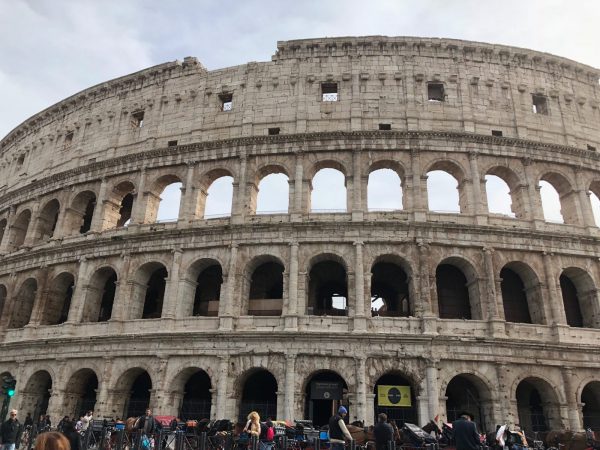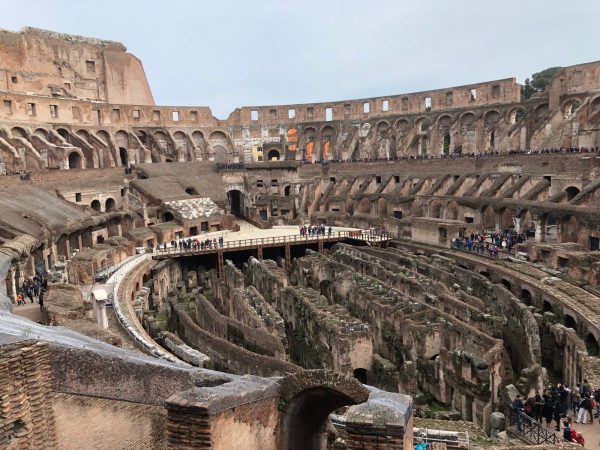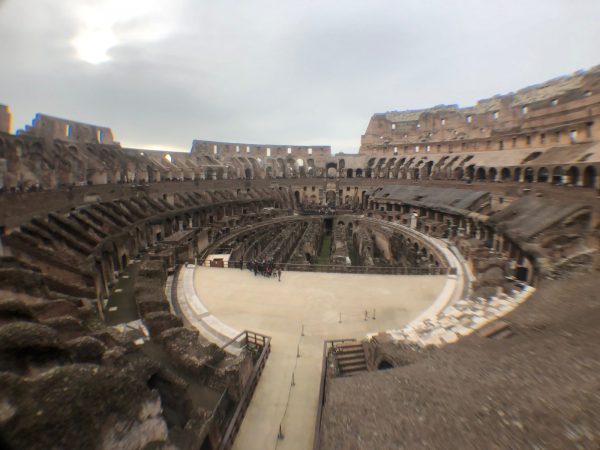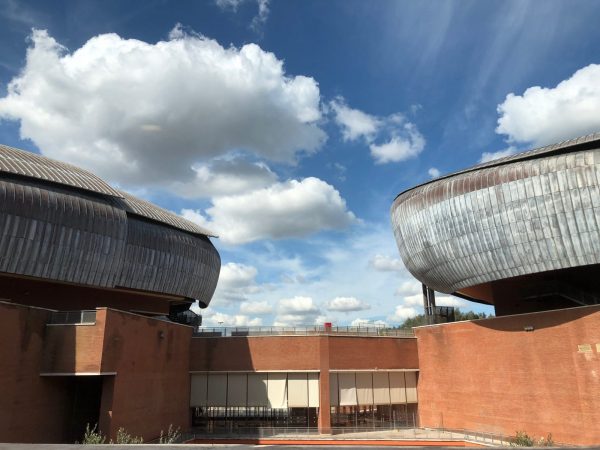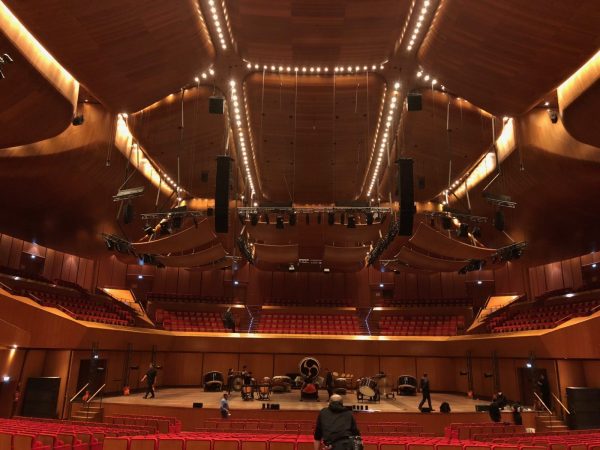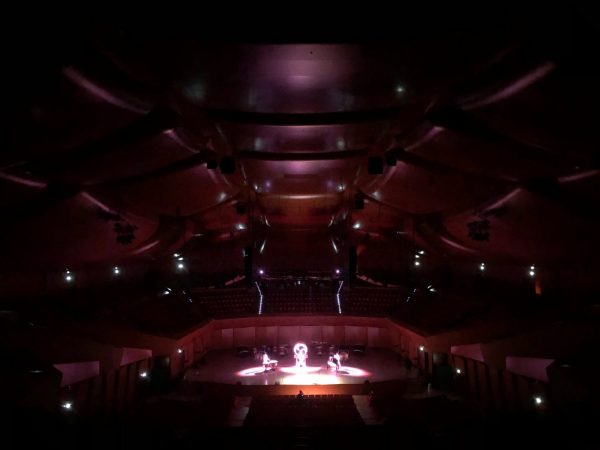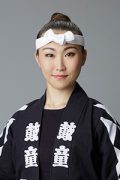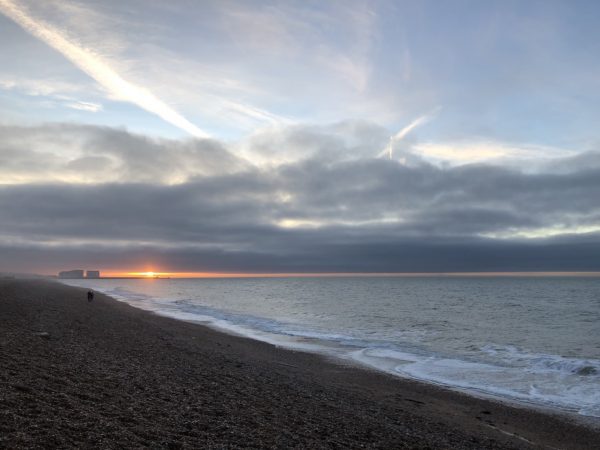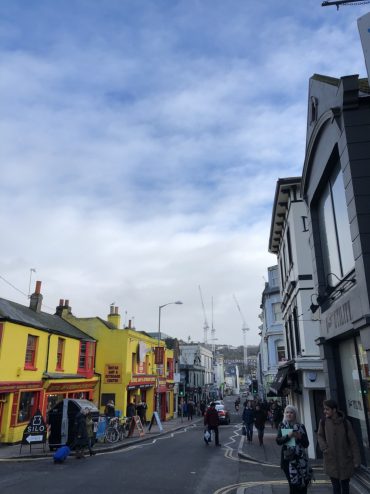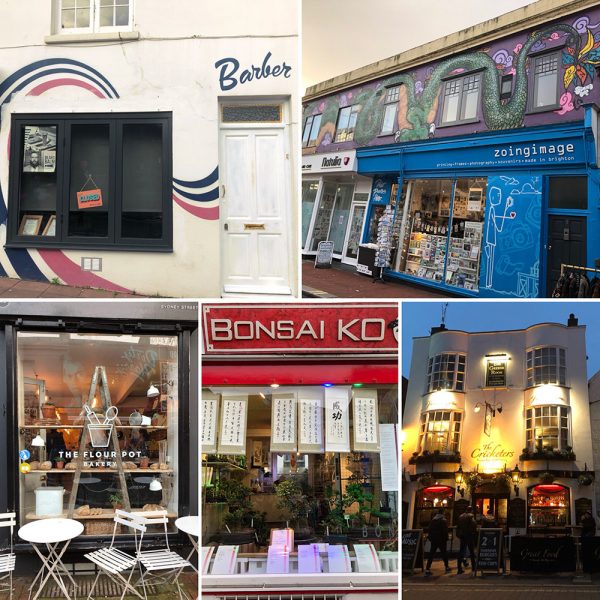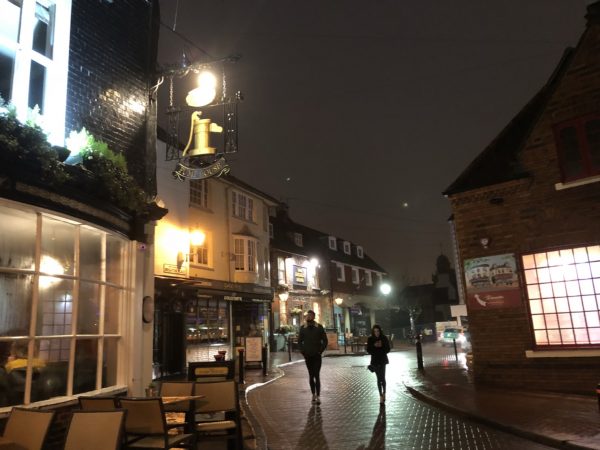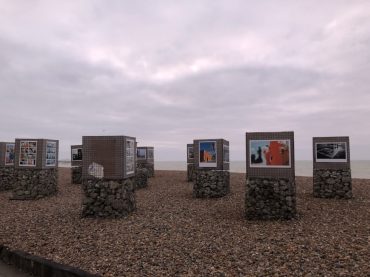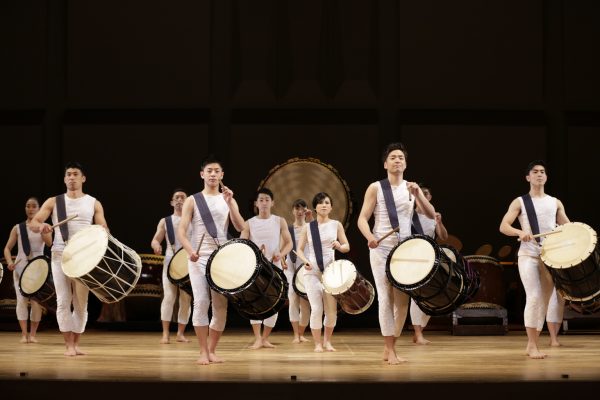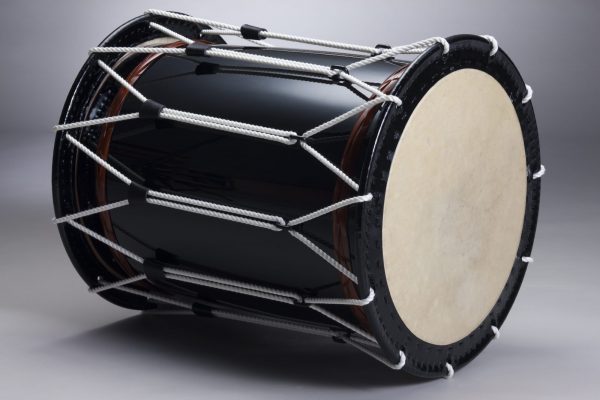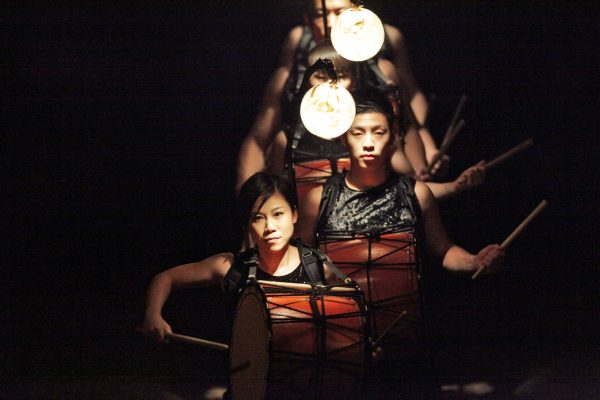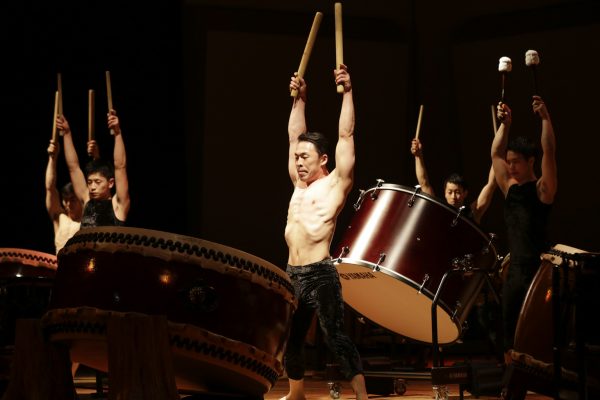“Our Berlin Performance on Feb. 26” by Maya Minowa
Berlin, Germany.
The very place where Kodo made its debut 37 years ago.
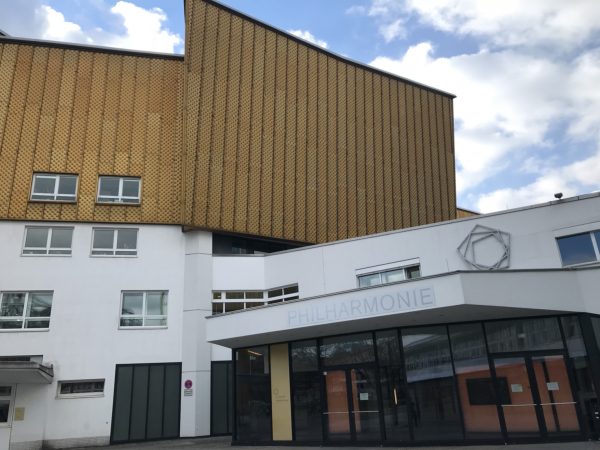
That’s why Berlin is a very special place for Kodo.
On our 2018 tour, we were invited to give a performance at Berliner Philharmonie.
This hall boasts some of the world’s best acoustics. Even the sound of Japanese drums (wadaiko) resonates well here, very clearly and true to life. Good sound reached us no matter where we sat in the hall.
37 years ago, when the members of Sado no Kuni Ondekoza shifted directions and became Kodo, I wonder how they felt when they played taiko when they debuted here in Berlin.
That time of change must have been a more distressing time for those members than I could ever imagine.
From those new beginnings, Kodo’s performances have continued to evolve for decades.
I want the spirit when we face the drums, our spirit of resonance with the drums, to never change. I want to continue sharing that sound with people all over the world.
- Feb. 26 (Mon), 2018 Philharmonie, Berlin, Germany
- Mar. 2 (Fri), 2018 Kuppelsaal, Hanover, Germany
- Mar. 4 (Sun), 2018 Liederhalle, Stuttgart, Germany
- Mar. 6 (Tue), 2018 Tonhalle, Dusseldorf, Germany
- Mar. 9 (Fri), 2018 Parco della Musica – Sala Santa Cecilia, Rome, Italy
- Mar. 11 (Sun), 2018 – Mar. 12 (Mon), 2018 Teatro Dal Verme, Milan, Italy
- Mar. 14 (Wed), 2018 Théâtre du Léman Geneve, Geneva, Switzerland
- Mar. 16 (Fri), 2018 Musical Theater Basel, Basel, Switzerland
- Mar. 17 (Sat), 2018 Samsung Hall Zurich, Zurich, Switzerland
- Mar. 18 (Sun), 2018 – Mar. 19 (Mon), 2018 KKL Lucerne, Lucerne, Switzerland
- Mar. 22 (Thu), 2018 Nordea Concert Hall, Tallinn, Estonia (Details TBA)
- Mar. 24 (Sat), 2018 – Mar. 25 (Sun), 2018 Savoy Theatre, Helsinki, Finland
- Mar. 29 (Thu), 2018 BKZ Oktyabrskiy Big Concert Hall, St. Petersburg, Russia (Details TBA)
- Mar. 31 (Sat), 2018 Crocus City Hall, Moscow, Russia (Details TBA)



